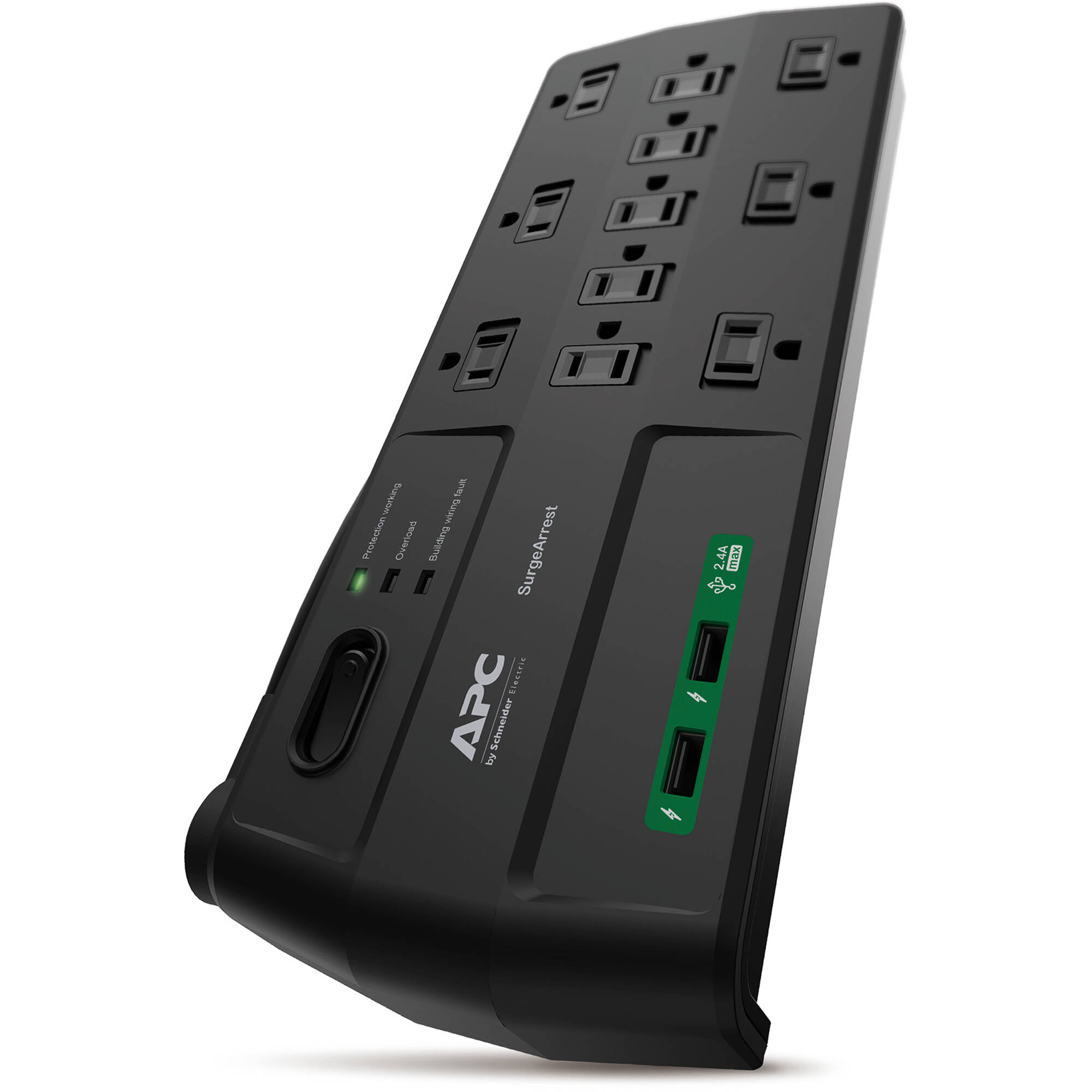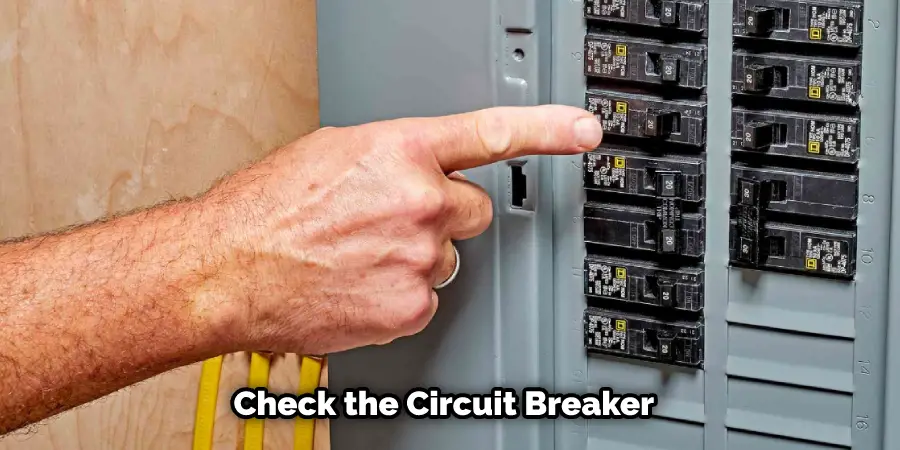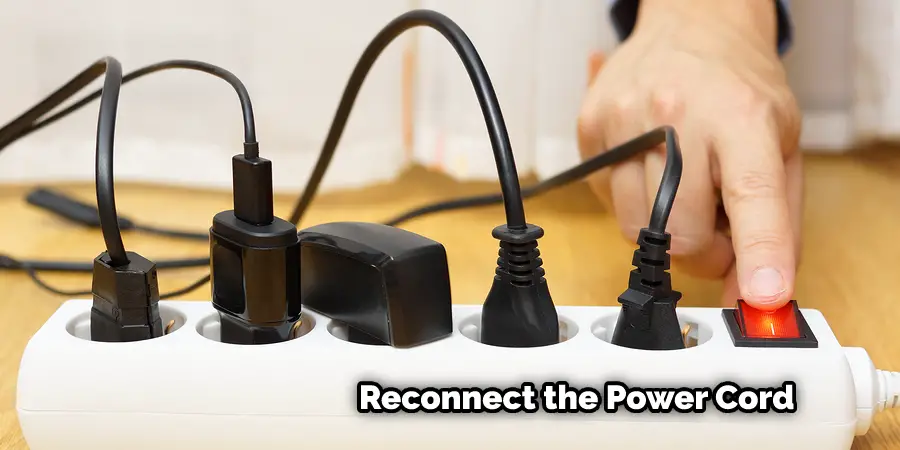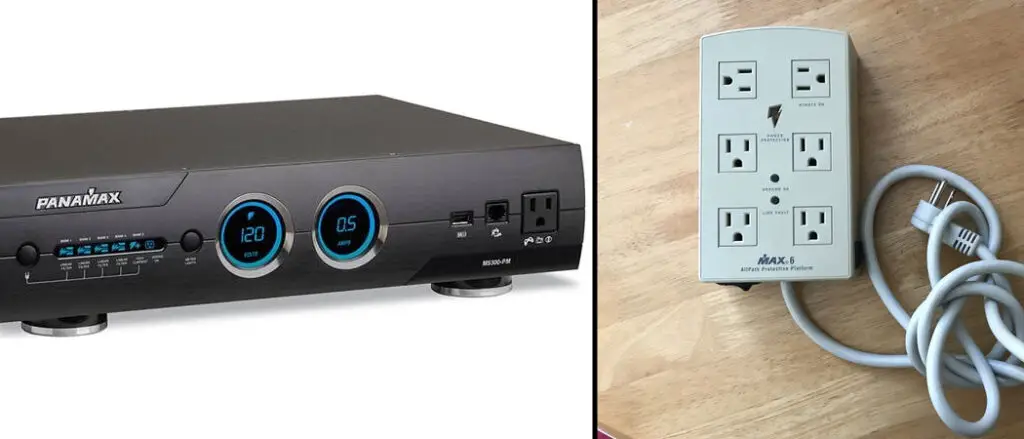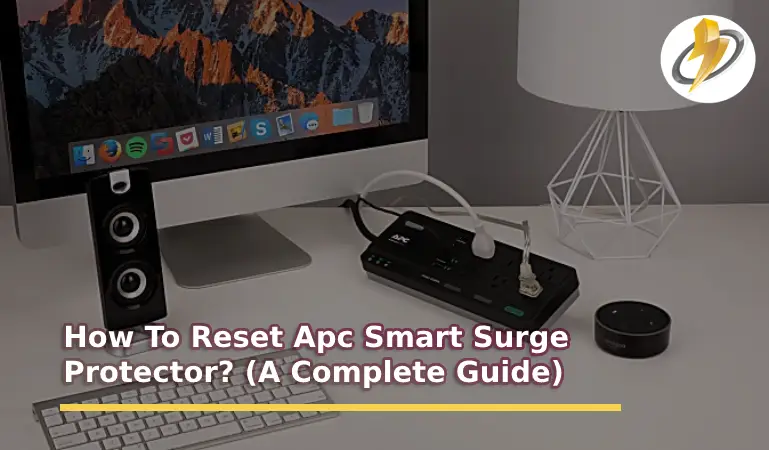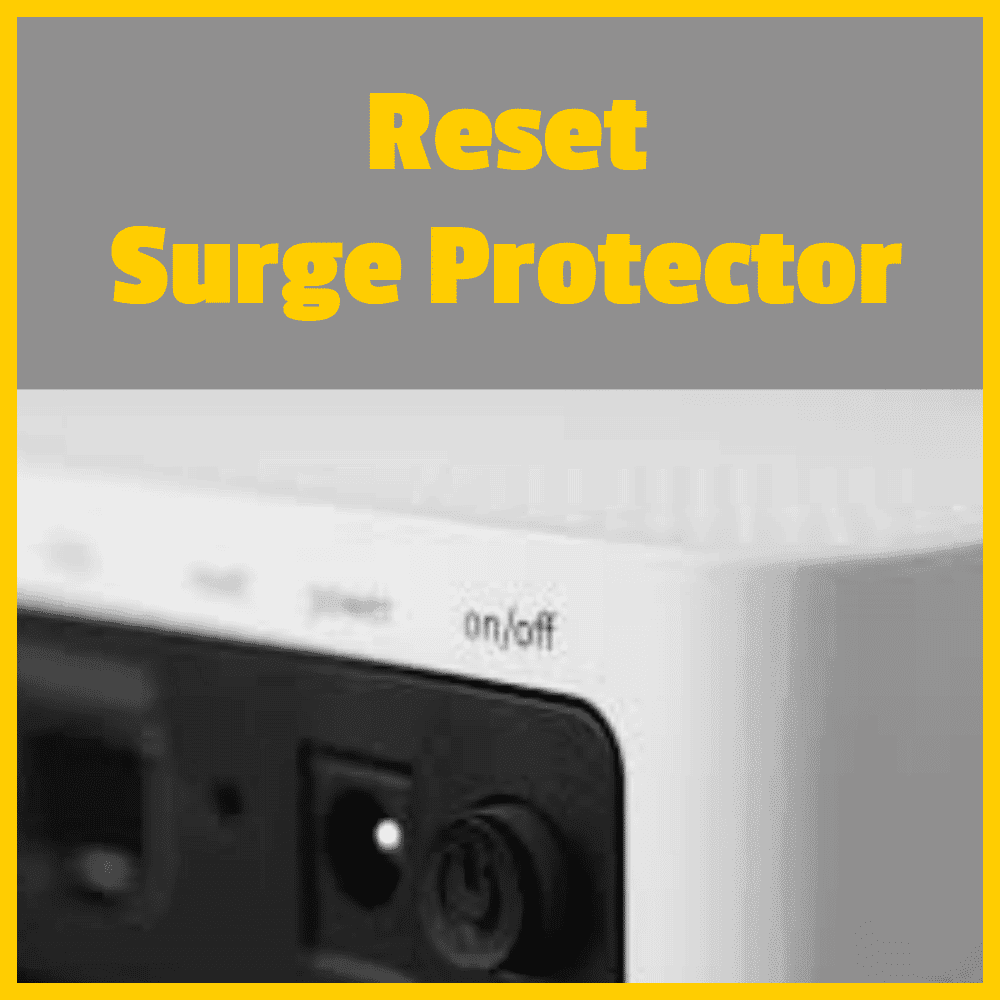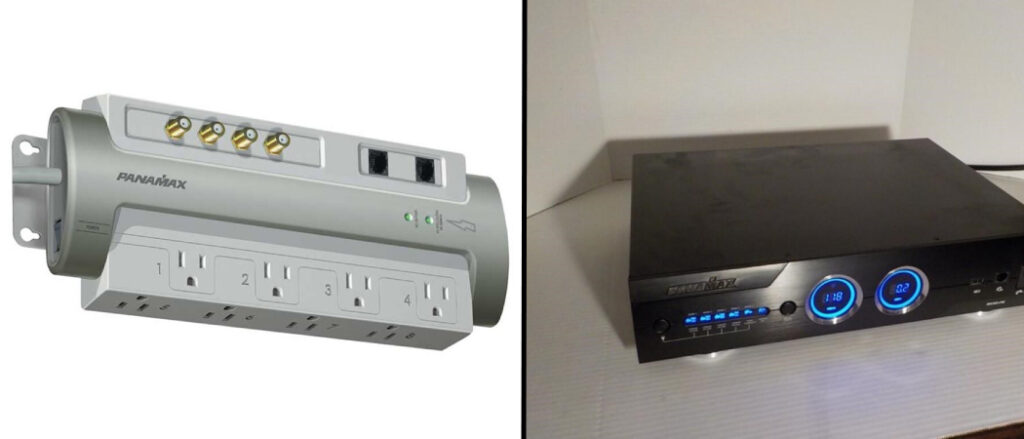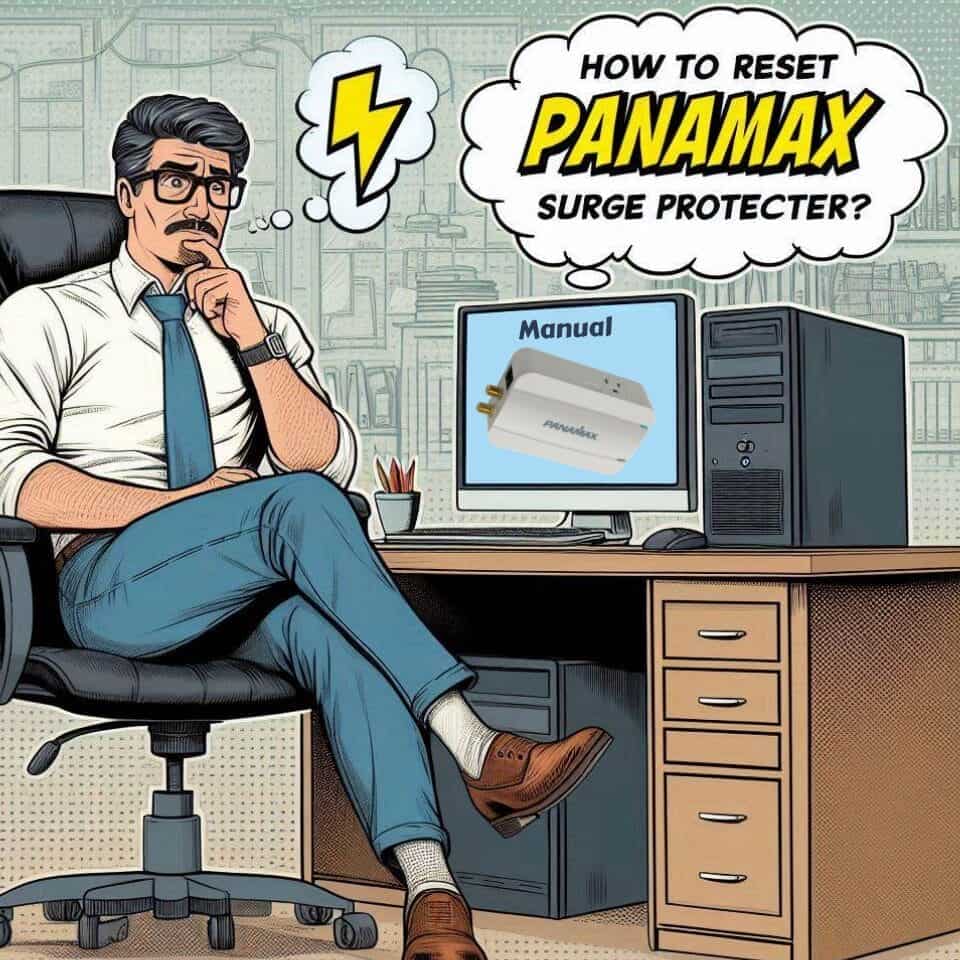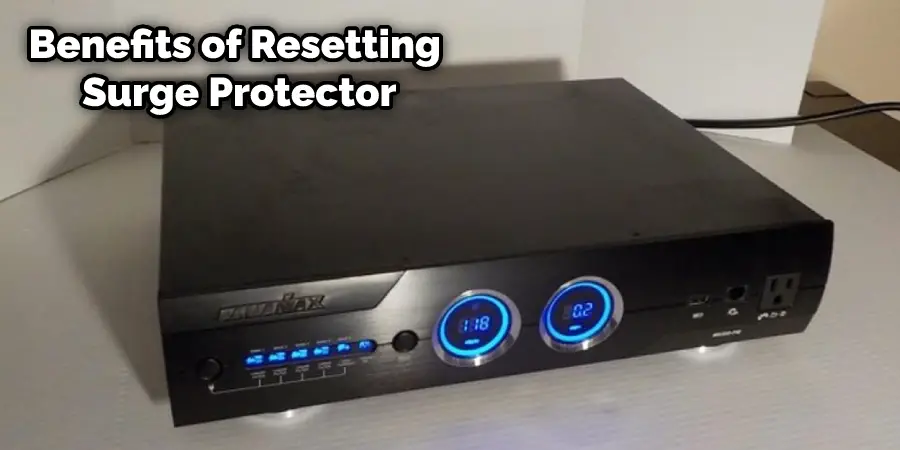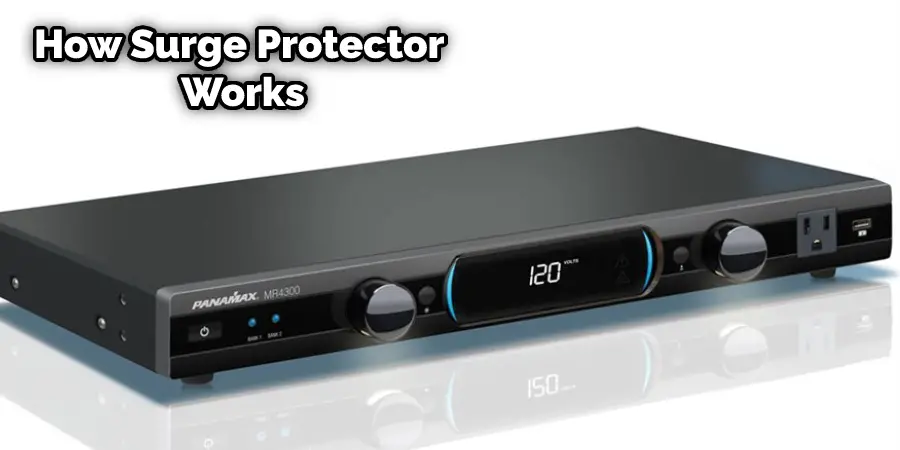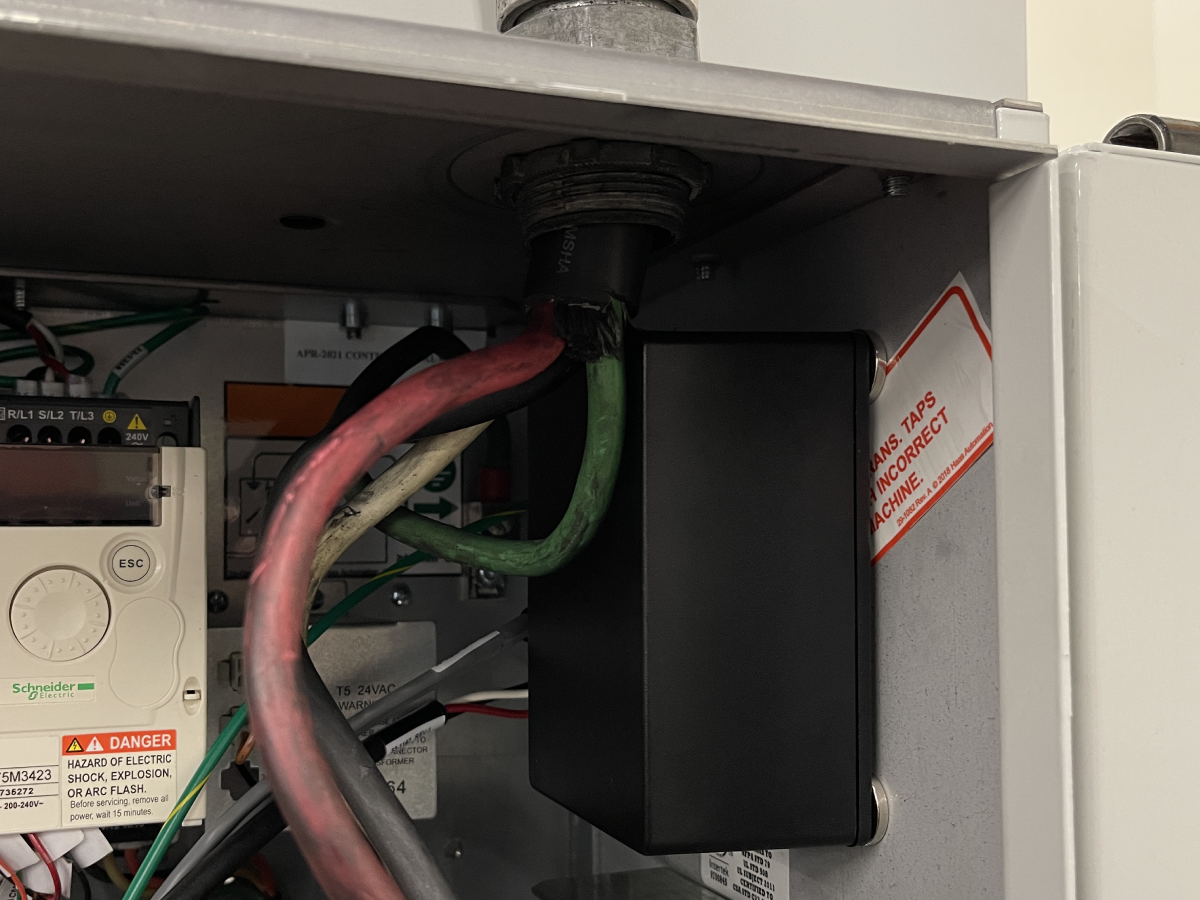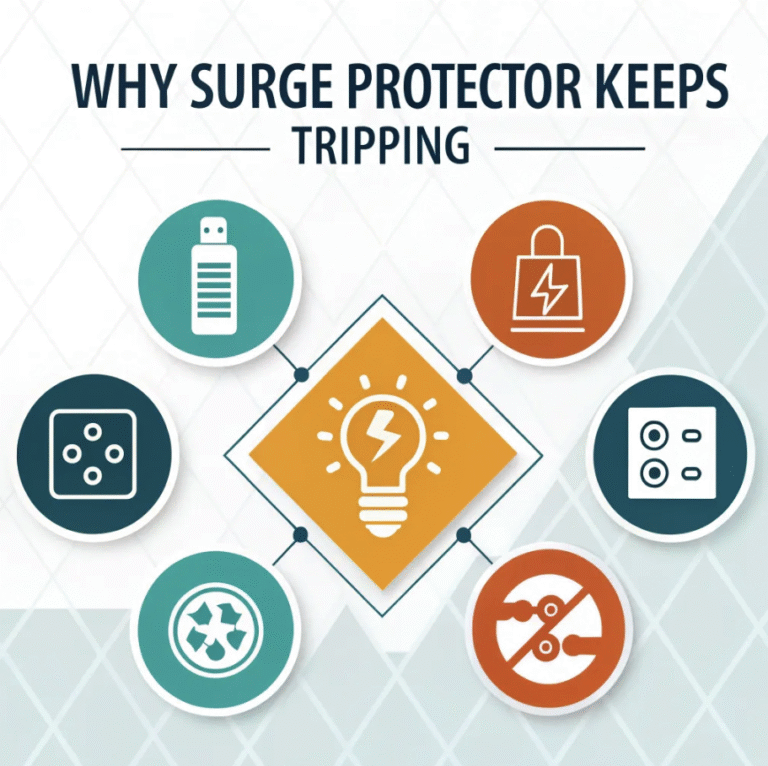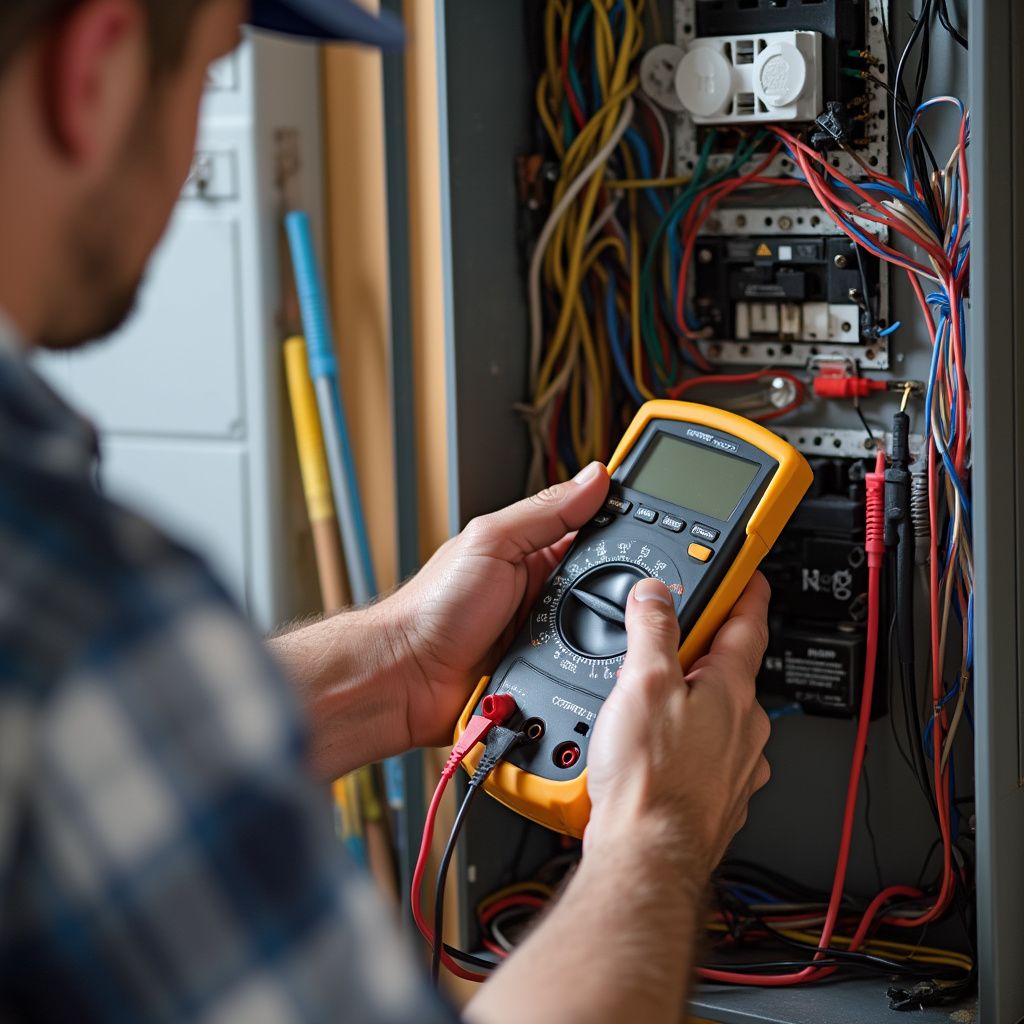How To Reset A Surge Protector
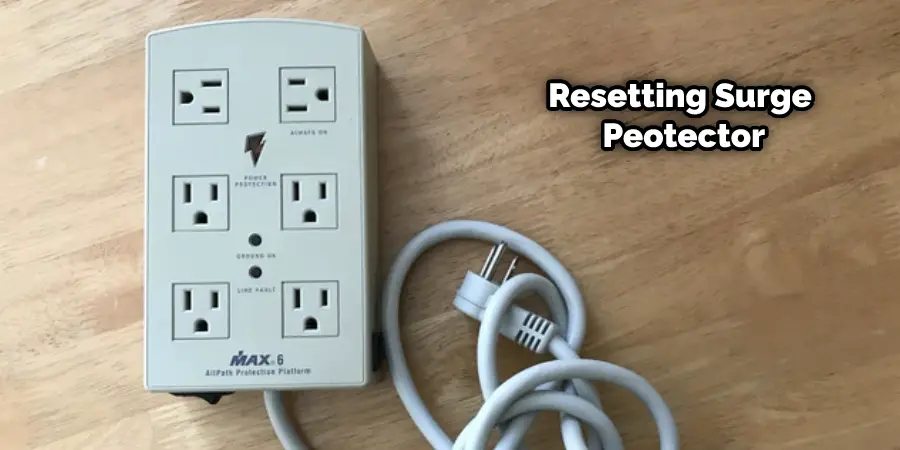
In our hyper-connected world, surge protectors stand as the first line of defense against power fluctuations that can cripple sensitive electronics. When these protectors fail, whether after a significant surge or due to accumulated wear, knowing how to properly reset them becomes essential to restoring power and safeguarding devices. But the process isn’t always straightforward, and attempting to reset a surge protector incorrectly can lead to further damage or even present a safety hazard.
This article provides a comprehensive guide on how to safely and effectively reset a surge protector. We delve into the various types of surge protectors, common reasons for tripping, and step-by-step instructions for resetting different models. Emphasis will be placed on safety precautions and identifying when a surge protector is beyond repair and needs replacement, ensuring optimal protection for your valuable electronics.
Understanding Surge Protectors and Their Operation
Surge protectors, often mistaken for simple power strips, are designed to shield electronic devices from voltage spikes, or surges. These surges can originate from various sources, including lightning strikes, power grid fluctuations, and even the startup and shutdown of high-power appliances. The protector works by diverting excess voltage to ground, preventing it from reaching connected devices.
Most surge protectors utilize a component called a metal oxide varistor (MOV). MOVs act as a variable resistor. Their resistance drops dramatically when voltage exceeds a certain threshold, shunting the excess energy away from the protected equipment.
Over time, with repeated surge events, the MOV's capacity degrades, reducing the surge protector's effectiveness. This degradation is a primary reason why surge protectors eventually need to be replaced.
Common Reasons for Surge Protector Tripping
A surge protector can trip (shut off) for several reasons, not all of which indicate a serious problem. Overloading the surge protector is a common culprit. Connecting devices that draw more current than the surge protector is rated for will cause it to trip as a safety measure.
A genuine power surge, even a minor one, can also trigger the protector to shut down, indicating that it has successfully diverted excess voltage. Another reason can be a faulty device connected to the surge protector. This can cause an overcurrent situation that triggers the protection mechanism.
Finally, age and wear and tear can lead to internal component failure within the surge protector, causing it to trip or malfunction.
Step-by-Step Guide to Resetting a Surge Protector
Before attempting any reset procedure, always prioritize safety. Disconnect all devices plugged into the surge protector. This eliminates any potential hazards and ensures a clear diagnosis of the issue.
Visual Inspection:
Begin by carefully inspecting the surge protector for any signs of physical damage, such as cracks, burns, or melted components. If any damage is apparent, do not attempt to reset the device. Replace it immediately.
Overload Check:
Determine the total wattage or amperage of all the devices that were connected to the surge protector. Compare this total to the surge protector's maximum rating, usually printed on the device itself or in its documentation. Ensure that the connected load does not exceed the surge protector's capacity.
The Reset Button Method:
Most surge protectors feature a reset button, typically a small, often recessed button labeled "Reset" or "On/Off." After disconnecting all devices and confirming no visual damage, press the reset button firmly. You should hear or feel a click, indicating that the internal circuit breaker has been reset.
Circuit Breaker Reset (for models with a breaker switch):
Some surge protectors utilize a small circuit breaker switch instead of a button. If the switch is in the "Off" or tripped position, flip it to the "On" position to reset the protector. Disconnect devices before resetting.
Testing After Reset:
After resetting the surge protector, plug in one device at a time, starting with the least power-hungry. Observe the surge protector's behavior. If it trips again immediately after plugging in a specific device, that device may be faulty and causing the issue. If the surge protector holds, continue plugging in devices one by one, monitoring for any signs of overload or malfunction.
Troubleshooting Persistent Tripping
If a surge protector continues to trip even after following the reset procedures and verifying that the connected load is within the specified limits, several issues could be at play. A faulty device connected to the surge protector could be drawing excessive current or creating a short circuit. Isolate and test each connected device to identify the culprit.
Another possibility is internal damage to the surge protector itself, caused by a severe power surge or accumulated wear and tear. If the surge protector has experienced multiple surge events, its internal components, particularly the MOVs, may have degraded to the point where they can no longer function properly.
In such cases, the surge protector should be replaced, regardless of whether it can be reset. Continuing to use a damaged or degraded surge protector offers little or no protection and could pose a safety risk.
When to Replace a Surge Protector
Even if a surge protector appears to be functioning normally, it's crucial to understand that its protective capabilities degrade over time. The Institute of Electrical and Electronics Engineers (IEEE) recommends replacing surge protectors every two years, or sooner if they have experienced a significant surge event, such as a lightning strike.
Some surge protectors have indicator lights that signal when their protection has been compromised. If the indicator light is illuminated, it's a clear sign that the surge protector needs to be replaced. Consider replacing it with an advanced model.
Regardless of indicator lights, it's prudent to adopt a proactive approach to surge protector maintenance. Regularly inspect the devices for any signs of wear or damage, and replace them periodically to ensure continued protection for your valuable electronics. Remember, a functional surge protector is a small price to pay for the peace of mind it provides.
The Future of Surge Protection
The technology behind surge protection continues to evolve, with advancements in MOV materials, surge detection capabilities, and smart home integration. Future surge protectors may incorporate features such as real-time surge monitoring, remote diagnostics, and automatic shutdown capabilities in the event of a critical surge.
These innovations will enhance the effectiveness of surge protection and provide users with greater control and awareness of their power quality. As our reliance on sensitive electronics increases, the importance of reliable surge protection will only continue to grow.
Ultimately, understanding how to reset and maintain your surge protectors, and knowing when to replace them, is a vital aspect of responsible home and office electrical safety. By following the guidelines outlined in this article, you can ensure that your valuable electronics are protected from the potentially damaging effects of power surges, providing years of reliable service and preventing costly repairs or replacements. Always remember to prioritize safety and consult with a qualified electrician if you have any doubts or concerns.
